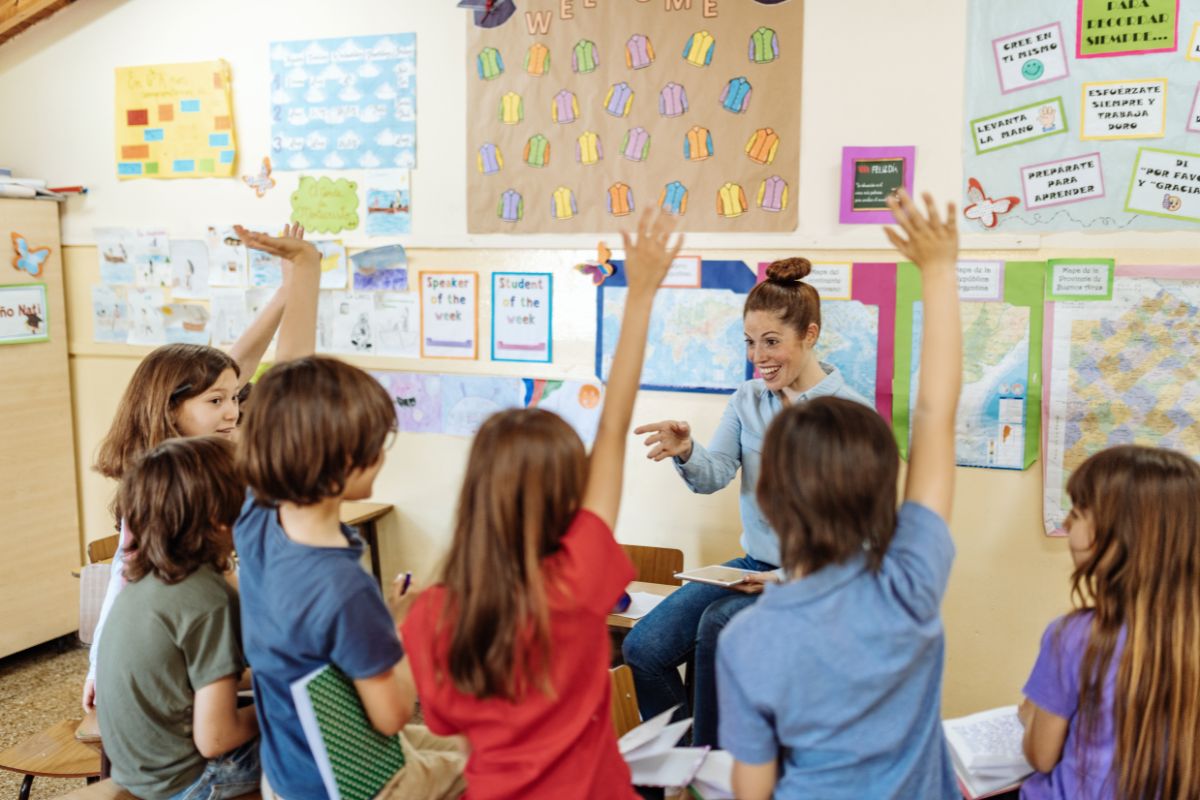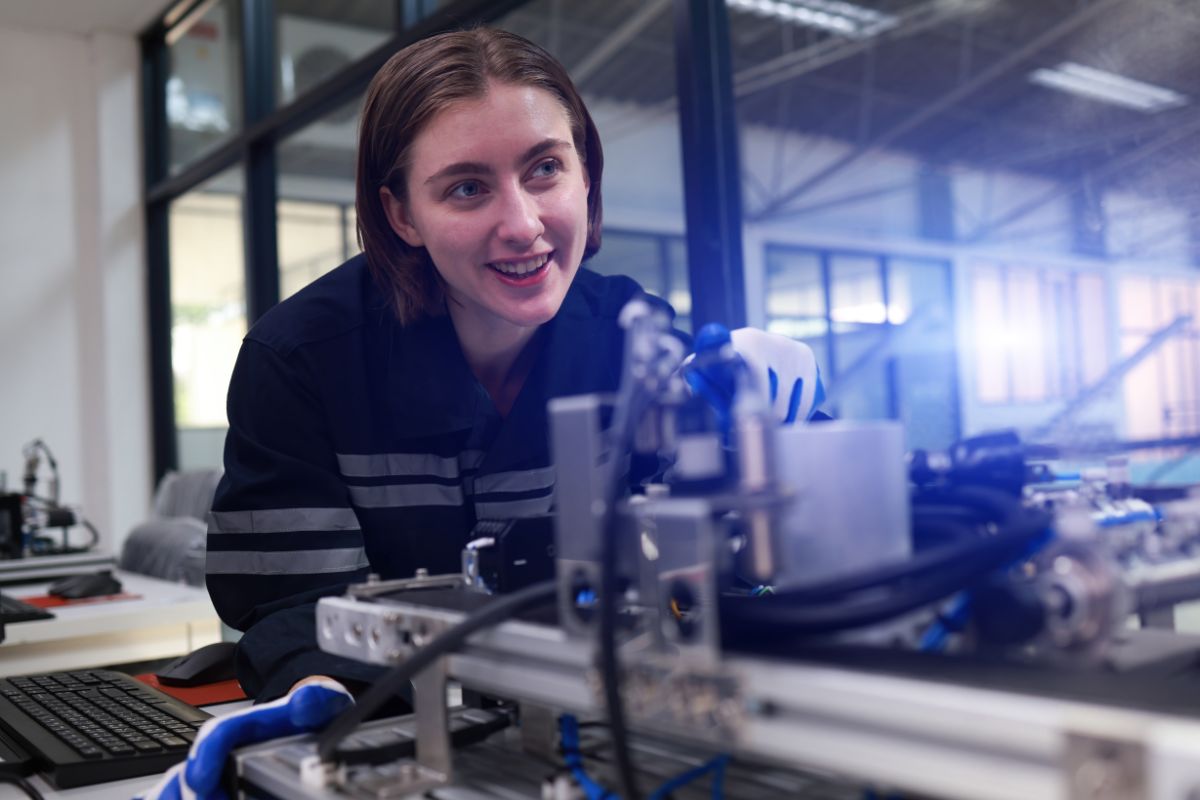In the realm of education, innovative approaches continually emerge to enhance learning experiences and improve student engagement. One such method that has gained significant attention and adoption is the Flipped Classroom. This pedagogical model challenges the traditional format of lectures and homework, offering a paradigm shift that aims to make learning more student-centered and interactive. This comprehensive guide explores its principles, benefits, challenges, and practical implementation strategies.
Understanding the Flipped Classroom
It reverses the traditional learning environment by delivering instructional content, often in the form of video lectures or readings, outside of class time. This allows classroom time to be dedicated to interactive discussions, collaborative activities, and problem-solving exercises. The core idea is to shift the focus from passive learning during lectures to active engagement and application of knowledge during face-to-face sessions.
Key Principles of the Flipped Classroom
To grasp it model fully, it’s essential to understand its foundational principles:

- Active Learning: Students engage actively with course material during class time, fostering deeper understanding and critical thinking.
- Student-Centered Approach: Learning becomes more personalized as students can progress at their own pace and receive individualized support from instructors.
- Higher-Order Thinking: Classroom activities emphasize higher-order cognitive skills such as analysis, evaluation, and application rather than rote memorization.
- Flexibility: The model accommodates diverse learning styles and allows students to revisit content as needed outside of class.
Benefits
1. Enhanced Engagement and Participation
By moving lectures outside the classroom, the Flipped Classroom encourages active participation and interaction during face-to-face sessions. Students are more likely to ask questions, discuss concepts with peers, and collaborate on projects, thereby fostering a deeper sense of engagement with the material.
2. Personalized Learning Experience
The model allows students to learn at their own pace. They can pause, rewind, and review instructional materials as needed to grasp challenging concepts. Instructors can then tailor in-class activities to address individual learning gaps and provide targeted support.
3. Improved Knowledge Retention
Active learning strategies employed in the Flipped Classroom—such as discussions, problem-solving, and peer teaching—promote better retention of information compared to passive listening during traditional lectures. Students actively apply knowledge during class, reinforcing their understanding through practical application.
4. Development of Critical Thinking Skills
It encourages students to analyze, evaluate, and synthesize information rather than merely memorize facts. Class time focuses on applying knowledge to real-world scenarios, fostering the development of critical thinking and problem-solving skills essential for success in academic and professional settings.
5. Accessibility and Flexibility
Digital resources used in such as online videos, interactive modules, and digital textbooks—enhance accessibility for diverse learners. Students can access materials anytime, anywhere, accommodating varied schedules and learning preferences.
It revolutionizes education by leveraging digital resources to transform traditional learning. As a visionary CIO, embracing this model means prioritizing interactive, student-centered approaches over passive lectures. By shifting content delivery outside the classroom, and fostering collaborative, problem-solving activities within it, the Flipped Classroom enhances engagement and deepens learning. This innovative approach not only adapts to diverse learning styles but also prepares students for a future where critical thinking and adaptability are paramount. As technology evolves, the Flipped Classroom remains a cornerstone in shaping a dynamic educational landscape focused on empowerment and active learning.
Challenges and Considerations
While it offers numerous benefits, its implementation presents certain challenges:
1. Technology Accessibility

Access to reliable internet connections and digital devices may vary among students, potentially creating disparities in access to instructional materials outside of class.
2. Time Commitment for Instructors
Creating high-quality instructional videos and designing engaging activities for face-to-face sessions requires significant upfront preparation from instructors.
3. Student Accountability
Students must demonstrate self-discipline and motivation to engage with pre-class materials and actively participate during in-person sessions.
4. Resistance to Change
Adopting the Flipped Classroom may encounter resistance from students accustomed to traditional lecture formats and instructors hesitant to embrace new teaching methodologies.
Implementing and Practical Strategies
Step 1: Design Engaging Pre-Class Materials
Create concise and engaging videos, readings, or interactive modules that introduce key concepts. Emphasize clarity, relevance, and accessibility to accommodate diverse learning styles.
Step 2: Facilitate Active Learning During Class
Plan interactive activities such as group discussions, problem-solving exercises, debates, and peer teaching sessions. Encourage collaboration and critical thinking among students.
Step 3: Provide Ongoing Support and Feedback
Monitor student progress, offer timely feedback on assignments, and provide additional resources to support comprehension and skill development.
Step 4: Evaluate Effectiveness and Adjust as Needed
Gather feedback from students and colleagues to assess the impact of the Flipped Classroom on learning outcomes. Make adjustments to instructional strategies based on insights gained.
Case Studies and Success Stories
Case Study 1: Mathematics Education
In a high school mathematics class, a teacher implemented the Flipped Classroom model by assigning instructional videos on algebraic concepts for homework. Class time was then dedicated to problem-solving activities, allowing students to apply theories and receive immediate feedback.
Case Study 2: Higher Education
A university biology professor adopted the Flipped Classroom approach to enhance student engagement and understanding of complex biological processes. Pre-class readings and videos prepared students for in-depth discussions and laboratory experiments during face-to-face sessions.
Future Trends and Innovations

Integration of Artificial Intelligence
Advancements in AI-powered educational technologies may facilitate personalized learning experiences and adaptive feedback mechanisms within the Flipped Classroom.
Expansion of Online Learning Platforms
The proliferation of digital learning platforms offers educators diverse tools to create and deliver engaging content, enhancing accessibility and interactivity in the Flipped Classroom.
Global Adoption in Education
The Flipped Classroom continues to gain momentum worldwide as educators recognize its potential to transform learning experiences and improve educational outcomes across diverse cultural and socioeconomic contexts.
Conclusion
It represents a progressive shift in educational pedagogy, redefining traditional notions of teaching and learning. By prioritizing active engagement, personalized instruction, and critical thinking, this model equips students with essential skills for lifelong learning and success. While challenges exist, the benefits of enhanced student engagement, personalized learning experiences, and improved knowledge retention—underscore its value in modern education. As educators and institutions embrace innovative teaching methodologies, they stand at the forefront of educational innovation, shaping the future of learning worldwide.


















